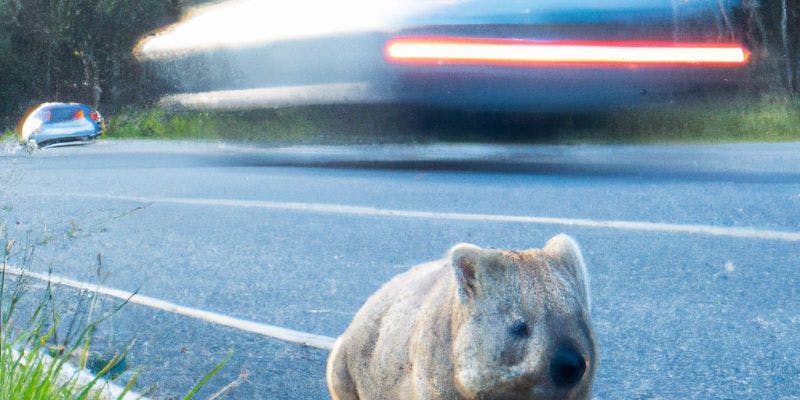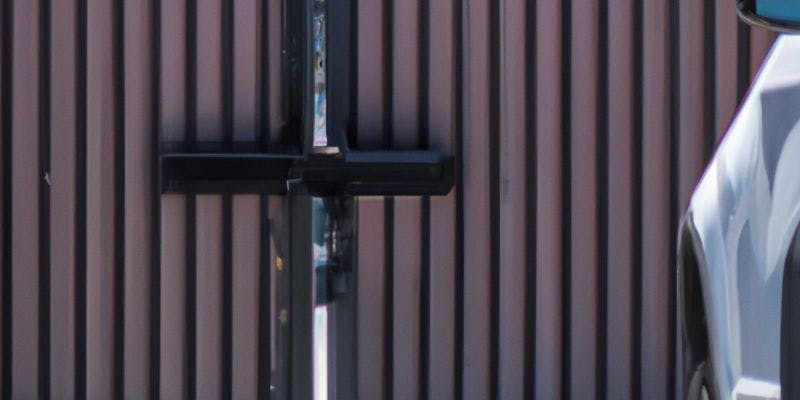Preventing Wildlife Accidents on the Road

Worldwide, there are over 6 million car collisions with animals each year resulting in 10,000 human deaths. In Australia, one out of every 41 accidents on country roads involves a vehicle hitting an animal.
Though it may be difficult to avoid hitting an animal completely, being aware of when and where they are most active can help reduce the severity of injury both you and the animal may experience from such an accident .
As Australia’s population continues to grow, so does the number of roads crossing through wildlife habitats. This expansion puts animals at risk of being injured or killed by vehicles. The most common victims are larger marsupials such as possums, wombats, kangaroos and koalas; however smaller reptiles, birds, frogs, bandicoots and echidnas are also impacted greatly. Not to mention domesticated mammals, such as cattle and horses, who can stray from their herd and property boundaries onto poorly-lit country roads.
In addition to animal casualties each year, humans are also put in danger when colliding with – or trying to avoid hitting – an animal on the road. Approximately 5% of fatal accidents involve a collision with an animal, and 42% percent of those were caused by drivers attempting to swerve out of the way. Those who do hit wildlife may suffer serious injuries themselves – motorcyclists being particularly vulnerable due to less protection than that afforded by a car.
Many Australian motorists have personal horror stories of encountering wildlife while driving, but there are ways you can avoid animals on the road and avoid any collisions.
- Drive at the speed limit to avoid potentially hitting wildlife that dart out in front of you. If you’re faced with an animal on the road, don’t swerve! Swerving can cause loss of control and is often more dangerous than simply slowing down or stopping altogether if possible.
- Use your high beams when driving through unpopulated areas such as bushland after dark so you have a better chance of seeing animals before they cross your path
- Be especially cautious during dawn and dusk – these are peak times for animals to be active
- Consider fitting bull bars or grill guards which offer some protection in case of collision
- Animals are most active at dawn and dusk, so avoid unnecessary travel during these times
- If you must drive during these hours, use extra caution and be prepared to brake suddenly should an animal appear in your path.
- Reduce your speed to 65 km/h while driving through areas known for high wildlife collision rates such as on rural highways where posted speeds limit may exceed 100 km/h.
- Be alert for animals crossing the road, especially in areas where wildlife crossing signs have been erected
- Keep an animal rescue kit in your car for emergencies which can include items such as a water-proof blanket, gloves, wire cutters or scissors, and heavy cloths or towels
- Never swerve to avoid hitting an animal – it could result in a more serious accident and loss of life to you or your passenger/s. Instead, brake gradually to bring your vehicle to a stop if possible.
By following these guidelines, you can help reduce the number of animals killed or injured on Australian roads each year.
What to Keep in Your Car
When you encounter sick or injured animals while driving, it’s a good idea to keep an animal rescue kit in your car for emergencies. These items can include:
- a water-proof blanket (to place the animal on while transporting),
- disposable gloves,
- a torch,
- wire cutters or scissors (to remove fencing that might have entangled the injured animal),
- heavy cloths or towels,
- pillowcases (used as a substitute pouch),
- cardboard box or plastic basket, and
- a first-aid kit.
Check with your local wildlife rehabilitation centre for their specific recommendations of what supplies to keep in your emergency kit since every area’s fauna is different.
Report Injured Wildlife
If you find a sick or injured animal:
- call the RSPCA on 1300 ANIMAL (1300 264 625).
- call WIRES on 1300 094 737, or
- use the IFAW Wildlife rescue iOS or Android app to find a wildlife rescue organisation in your location.

